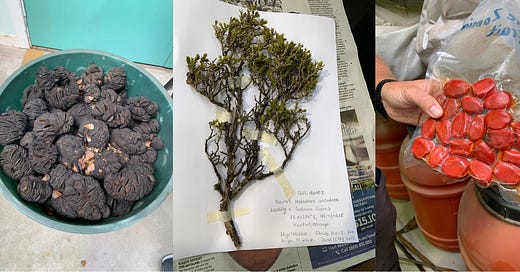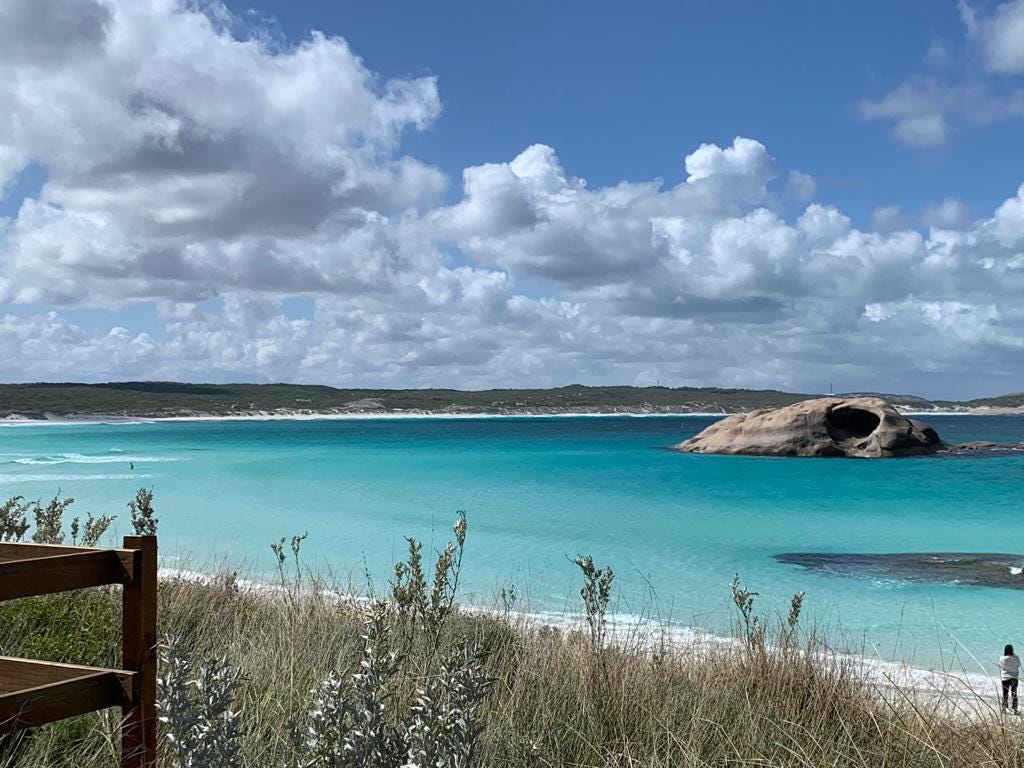💡Investment Notes: Why we invested in the Rejuvenation Trees Project
A First Nations-owned and -led project, to heal land and community.
The environmental movement has come a long way since its beginnings in the early 19th century.
Once marred by the unapologetic exclusion of people of colour and the poor (for example, the displacement of local communities to conserve “untouched” habitats, or the deposition of industrial wastes near marginalised neighbourhoods), talks of environmental justice, respectful indigenous knowledge, and “benefit-sharing” are now much more commonplace.
But for all the talk about uplifting and empowering Indigenous Peoples and Local Communities (IPLCs), there have been precious few models that have effectively worked to address historical harms.
By and large, many IPLCs have yet to reclaim territories lost to colonialism, and continue to bear the weight of historical traumas. As a result, they are also amongst the most vulnerable to the effects of poverty and climate change. In Australia, 40% of Aboriginal and Torres Strait Islander communities live without two or more essentials for decent standard of livings, such as housing, clean water, and food - almost 4x the rate of non-indigenous Australians, and are also much more exposed to extreme heat, rainfall, and droughts.
Through our relationship with the team at the Tiverton Agricultural Impact Fund, Odonata Foundation, and Carbon Neutral, we came to know about the Rejuvenation Trees project at Kardutjaanup in Southwest Western Australia. A degraded 3,955 ha cropping property at the time of purchase, Kardutjaanup was also the site of a tragic massacre of the Kepa Kurl Wudjari People in the late 1800s.
Today, the Rejuvenation Trees project is owned and managed by the Esperence Tjaltjraak Native Title Aboriginal Corporation (ETNTAC), who represents the Wudjari People, in collaboration with Odonata and Carbon Neutral. They’re working to restore the property, protect the deep cultural connection of the Wudjari People to land, and to create economic vitality for the community.
If those weren’t enough, here are three reasons why we chose to support this important project.
1. A First-Of-A-Kind model to catalyse and scale indigenous self-determination
This project is going above and beyond merely providing employment support for Aboriginal persons within the larger economy; it is also enabling the historically dispossessed Kepa Kurl Wudjari community to acquire land, and to create longer-term meaningful and culturally significant employment opportunities for them.
While the government has made some funding available to indigenous communities via the ILSC and NIAA, these are either too slow to respond to market opportunities, or cannot be used to support purchasing real assets.
The Rejuvenation Trees project was funded by a low-interest loan made directly to ETNTAC for the purchase of the properties at Kardutjaanup, and to cover the operational expenditures of restoring 4.5 million trees over three years.
By seeking corporate sponsors for each tree planted, sequestering carbon through the project, and potentially commercialising some non-timber forest products that will be produced, not only will ETNTAC be able to pay the loan off - it will also be able to drive funding towards its own services to its community.
Pictured above: Some of the species being restored and conserved at Kardutjaanup (Photos taken by Patti Chu)
This exact vehicle is a first-of-its-kind with no track record for more cautious investors to evaluate them on. We hope that the successful execution of this project will give other funders more confidence to deploy more capital into similar projects with other indigenous-led organizations.
2. A strong emphasis on native, diverse plantings
The Esperance region is a recognized biodiversity hotspot, shaped by large granite headlands, and bordered by coastal sand dunes and heathland. Inland, granite hills mark the horizon, surrounded by fresh and salt-water lakes.
Photo above of Esperance, provided by Patti Chu
Given the cultural significance of the Kardutjaanup site, there is resistance from the community of making this property overtly commercial. Instead, they are focusing on bringing back threatened species, both in flora and fauna, including the planting of over 70 species to restore at least 2,000 ha of endemic habitat.
Even as long-time proponents for the power of the carbon markets to drive more private capital towards nature, we are also aware that only a quarter of ARR (afforestation, reforestation, and revegetation) carbon projects outside of China prioritize native species, with fewer than 20% planting 10 native species or more.. We hope to see more projects take the example of the Rejuvenation Trees team.
3. Mission-aligned partners, each bringing strategic value and a credible track record to the joint venture.
To realize the project’s potential, ETNTAC is working with Carbon Neutral and the Odonata Foundation, partners which have been working in the fields of biodiverse forestry and native species recovery for many years. Carbon Neutral and Odonata have demonstrated clear operational success in their projects, including the Yarra Yarra Biodiversity Corridor (where Carbon Neutral has planted 30 million mixed native trees and shrubs over 21,000 hectares) and predator-proof threatened species recovery sanctuaries (where Odonata has helped species such as the southern brush-tailed rock wallaby and eastern bandicoot populations recover in strength).
We strongly believe that the three organizations all bring important skills to the table to carry out the project with the respect, sensitivity, and know-how required.
It’s been a number of years since we supported the Rejuvenation Trees Project. Since then, the incredible team has brought on L’Oreal, Will + Bear, and One Tree Planted as supporters. If you’re interested to support this important project yourself, enquire today.
And as always - Thanks for reading. Until next time, subscribe for more updates like these.





